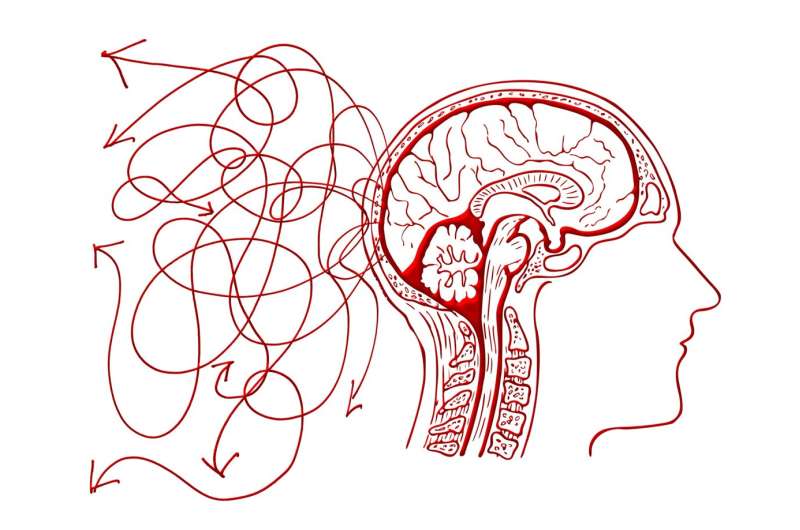Innovative AI Techniques Reveal How We Make Decisions

New AI-based research uncovers the actual decision-making strategies of humans and animals using small, interpretable neural networks, offering insights into suboptimal and individual strategies in real-world scenarios.
Recent advancements in artificial intelligence are shedding new light on the intricacies of decision-making processes in humans and animals. Traditionally, psychologists and neuroscientists have studied decision-making by examining trial-and-error behavior influenced by recent information, often assuming that decision-makers aim for optimal choices based on past experiences. However, this perspective may overlook the complexity and suboptimal strategies individuals sometimes employ.
A groundbreaking study published in Nature introduces a novel approach by utilizing tiny artificial neural networks to explore the actual cognitive strategies behind decision-making. Unlike complex AI systems, these small neural networks are simple enough to interpret but still capable of capturing complex and realistic behavior. They allow researchers to identify the underlying reasons for specific choices, even when those choices are not optimal.
The research was led by scientists from New York University and the University of California, San Diego. As explained by Marcelo Mattar of NYU, this method acts like a detective, uncovering how decisions are truly made in brains—not how they should be made in theory. Ji-An Li, a doctoral student involved in the study, emphasizes that the small neural networks serve as effective tools for predicting individual choices better than traditional models that assume optimal decision-making.
One significant advantage of using minimal neural networks is their interpretability. They provide insights into the mechanisms driving decisions, which are difficult to extract from larger, more complex AI models employed in commercial applications. Marcus Benna from UC San Diego notes that while large neural networks are excellent at making predictions, understanding their decision processes remains challenging. Smaller networks enable scientists to analyze behaviors using physics-inspired methods, thereby revealing the inner workings of decision strategies.
The findings highlight that human, primate, and rodent decisions often involve suboptimal strategies, reflecting real-world decision-making more accurately than traditional models. Furthermore, the models can predict individual strategies, showing that each subject employs different approaches based on their experiences.
This research has profound implications beyond neuroscience. By understanding individual differences in decision-making, this approach could transform mental health treatments, cognitive assessments, and even inform strategies in business and policy. As Mattar concludes, recognizing the diversity in decision strategies can pave the way for more personalized and effective interventions in mental health and cognitive function.
For more details, see the full study: Discovering cognitive strategies with tiny recurrent neural networks.
Stay Updated with Mia's Feed
Get the latest health & wellness insights delivered straight to your inbox.
Related Articles
The Nose-Brain Link: How Smelling Food Influences Hunger and Fullness
New research reveals a direct neural pathway from the nose to the brain that influences feelings of fullness, opening potential for innovative obesity treatments.
How Air Pollution Causes Immune Imbalance and Lung Damage: New Research Insights
New research from Pusan National University reveals how long-term air pollution exposure triggers immune imbalance and lung inflammation through oxidative stress and NRF2 pathway activation, worsening respiratory conditions like asthma.
Minimal Evidence of Fertility Risks in Men Taking Epilepsy Medication
Large-scale research indicates that sodium valproate, a common epilepsy medication, has minimal impact on male fertility, reassuring men on treatment about potential reproductive risks.
Tuberculosis on the Rise: The Resurgence of the World's Deadliest Disease
Tuberculosis, the world's deadliest infectious disease, is resurging globally with rising cases and constrained progress. New research initiatives and public health strategies are vital to control and eliminate TB.



